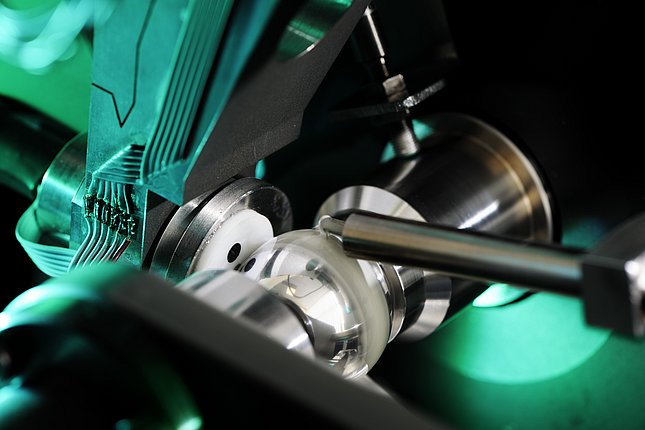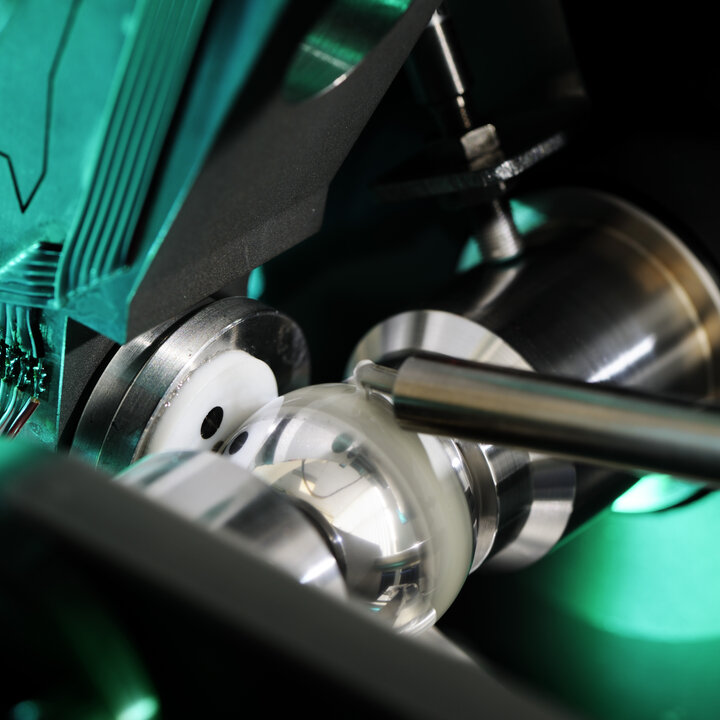
Thin layers, surfaces and coatings are of great importance in different kinds of engineering applications. Nonetheless, the principles of friction and wear are still poorly understood. Analogously, the properties of thin layers and surfaces are different from those in the bulk materials, and these differences are equally ill-understood. In this new starting topic we attempt to better characterize and understand these properties for polymers and polymer composites. The methods employed in this research are optical microscopy, environmental scanning electron microscopy (ESEM and high-resolution SEM), nano-indentation techniques, lateral force measurements, single-asperity experiments on flat and well-defined surfaces, finite element modelling, and molecular modeling techniques.
• Structure – property relations
• Nano-indentation of Polymers
• Micro-Tribology of Polymers
• Finite Element Modelling of Polymers
• Micro-Wear of Polymers
• Multi-scale Mechanics of Polymers
Thin layers, surfaces and coatings are of great importance in different kinds of engineering applications. Nonetheless, the principles of friction and wear are still poorly understood. Analogously, the properties of thin layers and surfaces are different from those in the bulk materials, and these differences are equally ill-understood. In this new starting topic we attempt to better characterize and understand these properties for polymers and polymer composites. The methods employed in this research are optical microscopy, environmental scanning electron microscopy (ESEM and high-resolution SEM), nano-indentation techniques, lateral force measurements, single-asperity experiments on flat and well-defined surfaces, finite element modelling, and molecular modeling techniques.
• Structure – property relations
• Nano-indentation of Polymers
• Micro-Tribology of Polymers
• Finite Element Modelling of Polymers
• Micro-Wear of Polymers
• Multi-scale Mechanics of Polymers
